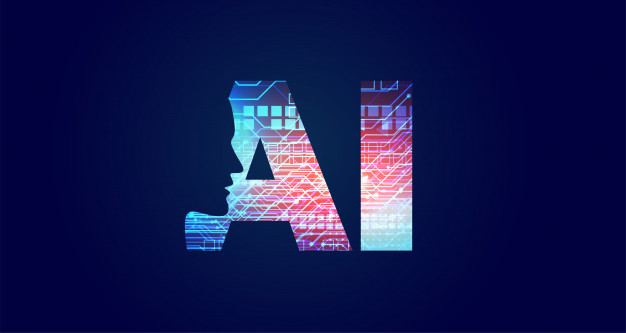Blockchain and IoT gives end-to-end visibility to Stakeholders in a Supply Chain
3AI February 15, 2021

While IoT sensors help track the movement and quality of products, blockchain’s distributed ledger gives multiple entities joint control over shared information
.
Covid concentrated attention on supply chains like never before as the pandemic caused massive disruptions. Companies started looking deeper into the roots of their supplies, going further back than their immediate vendors. But it isn’t easy because of data silos and lack of digitization.
This has created an incentive to look at tech like blockchain and IoT that can give end-to-end visibility to stakeholders in a supply chain. While IoT sensors help track the movement and quality of products, blockchain’s distributed ledger gives multiple entities joint control over shared information. The mathematical authentication in entering records on such a platform ensures that no single party can twist what’s recorded.
“How to build a shared digital infrastructure for B2B transactions that is secure and auditable even though it cuts across enterprise boundaries—that’s the fundamental construct of our focus,” says Praphul Chandra, founder and CEO of KoineArth, a blockchain startup based in Bengaluru and Singapore.
Metal manufacturing companies, for instance, have started using KoineArth’s marketsN platform. “We work closely with them in all kinds of use cases in the supply chain, from packaging material procurement to logistics and contract manufacturing,” he says.
Gaining traction
Another domain where it has seen traction is invoice financing. Typically, it takes two months for an invoice to be paid up. This creates a cash flow problem for small companies. So, they try to raise money from banks or non-bank financiers using their invoices as collateral. But it’s complicated.
“With three parties involved, there’s a lot of cross-flow of information required to actually fulfil this transaction. With the kind of platform we offer, where an invoice is guaranteed to be reconciled, it becomes a digital asset that can be used as collateral for financing,” says Chandra.
KoineArth has also received a grant from a state government for a pilot project to demonstrate how the blockchain can improve the transparency, auditability and efficiency of the leaky public distribution system (PDS).
The biggest challenge for deployment is change management. “There is always friction in organizations where a lot of people want to maintain the status quo. So, asking the users on the ground to change their behaviour to adopt a new technology is a challenge even if it has benefits,” says Chandra.
The challenge is magnified in a supply chain scenario involving multiple entities, some of whom may be rival suppliers. So, a reluctance to share data has to be offset by trust and incentives.
“The first thing we have said is that it’s not as if you can’t use the platform until every single supply chain partner is on it,” says Chandra. “The analogy we use is the WhatsApp group or Slack channel. You can create multiple groups or be a part of multiple groups. In the same way, a manufacturer can create a consortium with a subset of its suppliers. So, you can start small and keep adopting it for more use cases as you see benefits.”
It’s a balancing act between privacy and data sharing. A manufacturer may not want a supplier to know it is working with other suppliers. At the same time, the company wants the payoff from timely supplies and low inventories.
Apart from the product architecture, KoineArth has been tying up with financial institutions because a key incentive for putting verifiable and immutable records on a blockchain is easing of access to finance. Integration with financiers willing to offer ‘one click’ invoice financing is a cash flow value proposition for many suppliers. “We are using this as a carrot for supply chain partners of large manufacturers to join the blockchain,” says Chandra.
One of the ways for a manufacturer to build resilience in the supply chain, especially after seeing the disruption wrought by the pandemic, is to work with multiple suppliers. Here, a blockchain platform offers new possibilities in using algorithms to decide how much business should be allocated to which supplier. It’s based on past performance data derived from metrics like delivery time and material quality. This, in turn, becomes a positive reinforcement loop as suppliers get incentivized to improve performance.
Uses galore
A blockchain system has applications in multiple domains. The trick for the two-year-old startup is to figure out where the demand for it and the potential for impact is the most attractive. It was part of NetApp’s accelerator programme in Bengaluru, which has triggered discussions with the data storage company’s team in California to use blockchain in its supply chain.
KoineArth is also in the cohort of Lumis Partners’ Supply Chain Labs. “They’re connecting us with supply chain domain experts who can tell us where the value proposition can be targeted. They’re also connecting us with customers who are looking for supply chain transformation,” says Chandra.
Transformation is certainly getting a boost a year after the covid pandemic hit the world.
Picture from freepik.com






